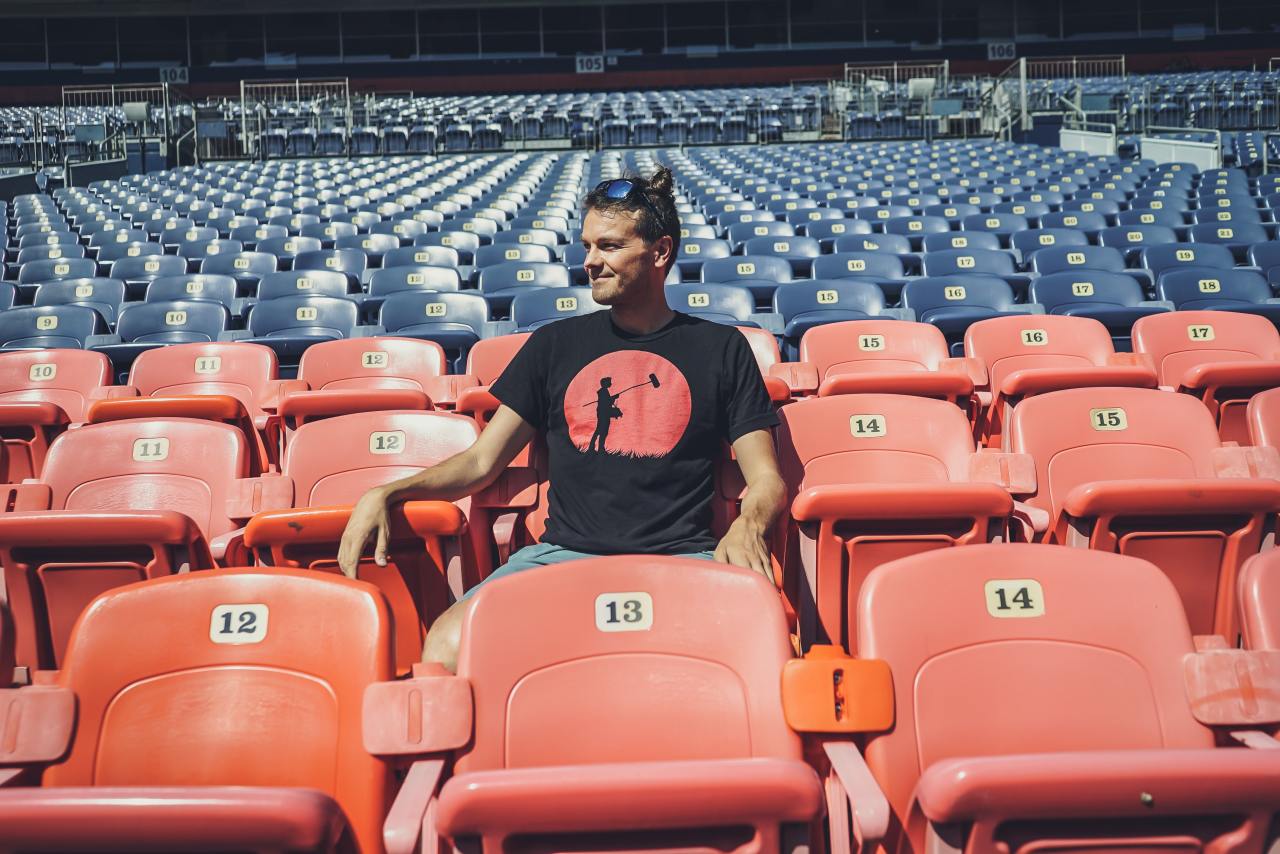
Social Distancing Is Not Overreacting To COVID-19; It Can Potentially Save Thousands Of Lives
Here we explain why social distancing is likely our best way to combat COVID-19.
If you’ve been paying attention to the news surrounding the COVID-19 outbreak, what you’ve probably seen is a mix of three sentiments: the disease is accelerating rapidly; every measure possible is being taken to cancel events and close public meeting spaces; a lot of the hysteria is manufactured and the Coronavirus isn’t that bad.
Two of those are true, one is false.
While hysteria certainly helps nobody, what we’re seeing is not an overreaction to a “glorified flu,” but precautionary measures being taken so that we do not overwhelm and render ineffective the healthcare system. This is called “social distancing,” and the implications of doing it properly are essential to understand.
What is social distancing?
As The Atlantic explained, on January 23, Wuhan, China had confirmed 444 cases of COVID-19. By the 30th, that number was 4,903. By February 6, that number was 22,112.
A similar pattern was seen in Italy, with 62 cases on February 22, 888 by February 29, and 4,636 by the end of March. It suggests that the United State’s current reported statistic — 604 cases — is probably not an accurate estimate, and even if it is, we should expect it to increase tremendously over the coming days and weeks.
The only way that we can try to contain this is by social distancing, which is essentially just ensuring that everyone stays home and away from public spaces as often as possible.
This is why you’re seeing schools close, basketball seasons be suspended, and many other offices and corporations suggest employees work from home. By slowing the spread, we can try to manage healthcare resources as efficiently as possible.
Italy was essentially a case study for what could happen in other countries.
https://twitter.com/Yascha_Mounk/status/1237732077237346304
Even if you are a healthy individual with a low-risk of contracting COVID-19, every measure that you take to ensure the health of those around you can have massive implications long-term.
According to some research, the extent would look something like this:
- A local school district switching to online education would save 10 lives each week.
- A cancelled 100,000 person conference would save 200 lives.
- If you and 20 coworkers work from home for the next 4 days, that action on average would save one life over the next two months.
- Staying home sick if you are infected would prevent you from transmitting to 2-3 other people and ultimately causing 100 other people to contract it, out of which 15-20 will be hospitalized and 1 would die.
As you may have already guessed, at this point, the economic impact of COVID-19, as well as the social element, may be just as detrimental as the health aspect of it.
Am I responsible for enforcing social distancing?
If you are a business owner, or leader of any group, event or gathering, you might want to think critically about the responsibility that you have to cancel or postpone it.
If you are worried about possibly overreacting, Tomas Pueyo explained the following:
- The coronavirus is coming to you.
- It’s coming at an exponential speed: gradually, and then suddenly.
- It’s a matter of days. Maybe a week or two.
- When it does, your healthcare system will be overwhelmed.
- Your fellow citizens will be treated in the hallways.
- Exhausted healthcare workers will break down. Some will die.
- They will have to decide which patient gets the oxygen and which one dies.
- The only way to prevent this is social distancing today. Not tomorrow. Today.
- That means keeping as many people home as possible, starting now.
What this means is that COVID-19 is on its way, and right now, each of our individual actions to prevent and control it is of the utmost importance.
If you still aren’t convinced, consider that back in 1918, when the Spanish flu broke out, the city of Philadelphia held a parade where 200,000 people attended. Three days later, every bed in Philadelphia’s 31 hospitals was filled, and 4,500 were dead in an outbreak that would ultimately kill 100 million worldwide, Quartz reported.
The nearby city of St. Louis followed a different protocol, and by social distancing, was able to drastically reduce its caseload, and save many lives.
By taking action, South Korea’s number of infected citizens has leveled off, Reuters recently reported, signaling that testing, social distancing, and other measures do, in fact, work.
There is no way to stop the spread of COVID-19. However, there are many ways to slow and contain it, but we must act now.






